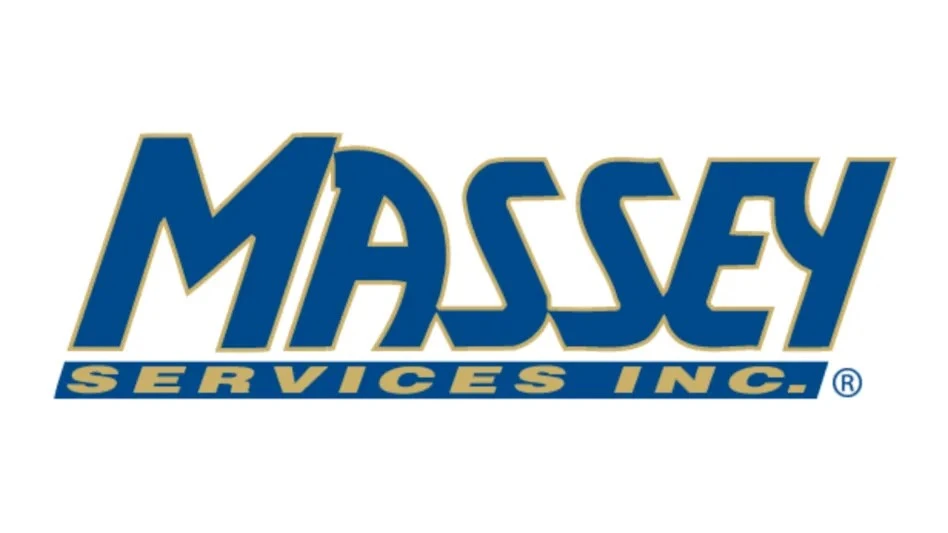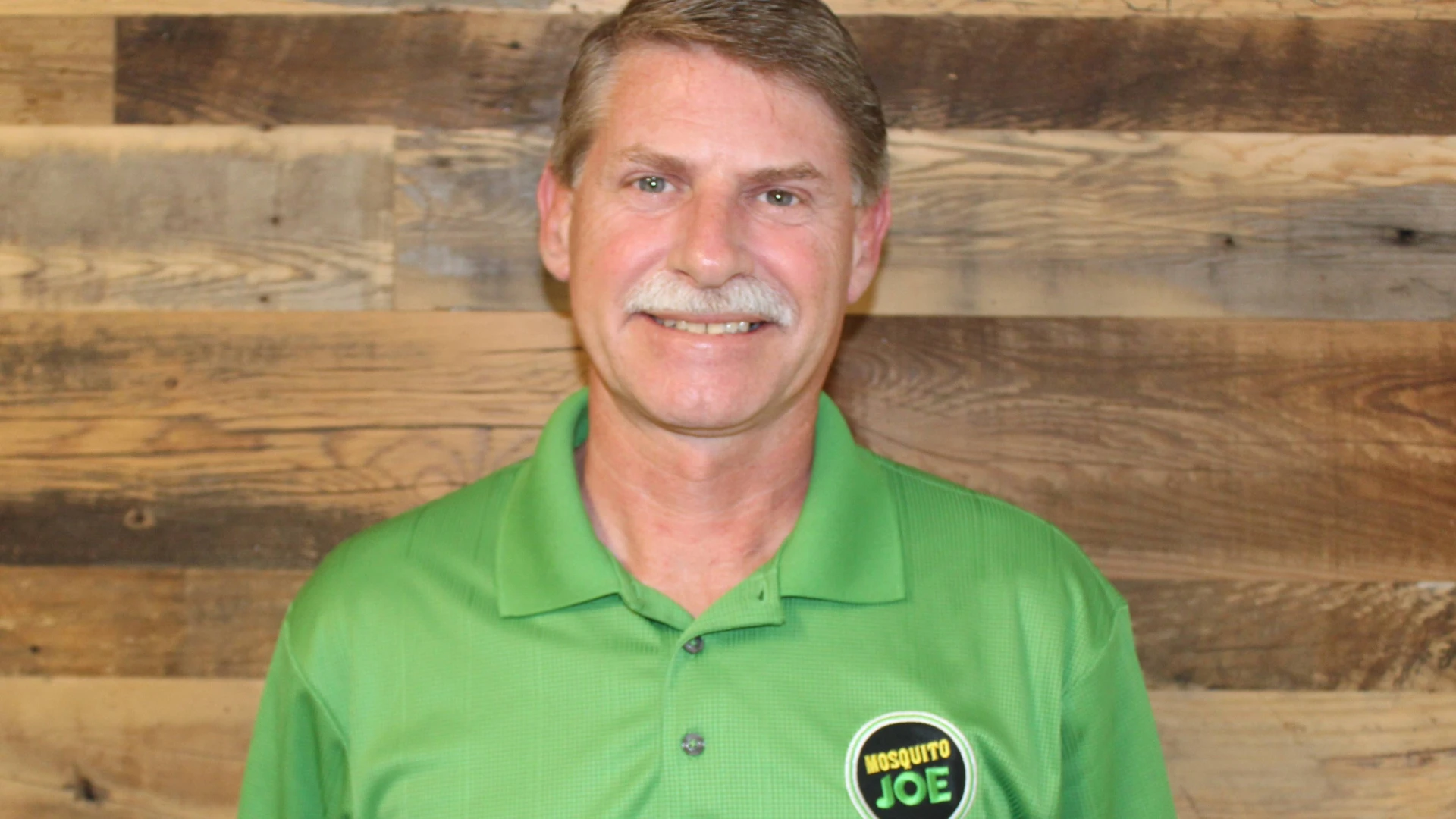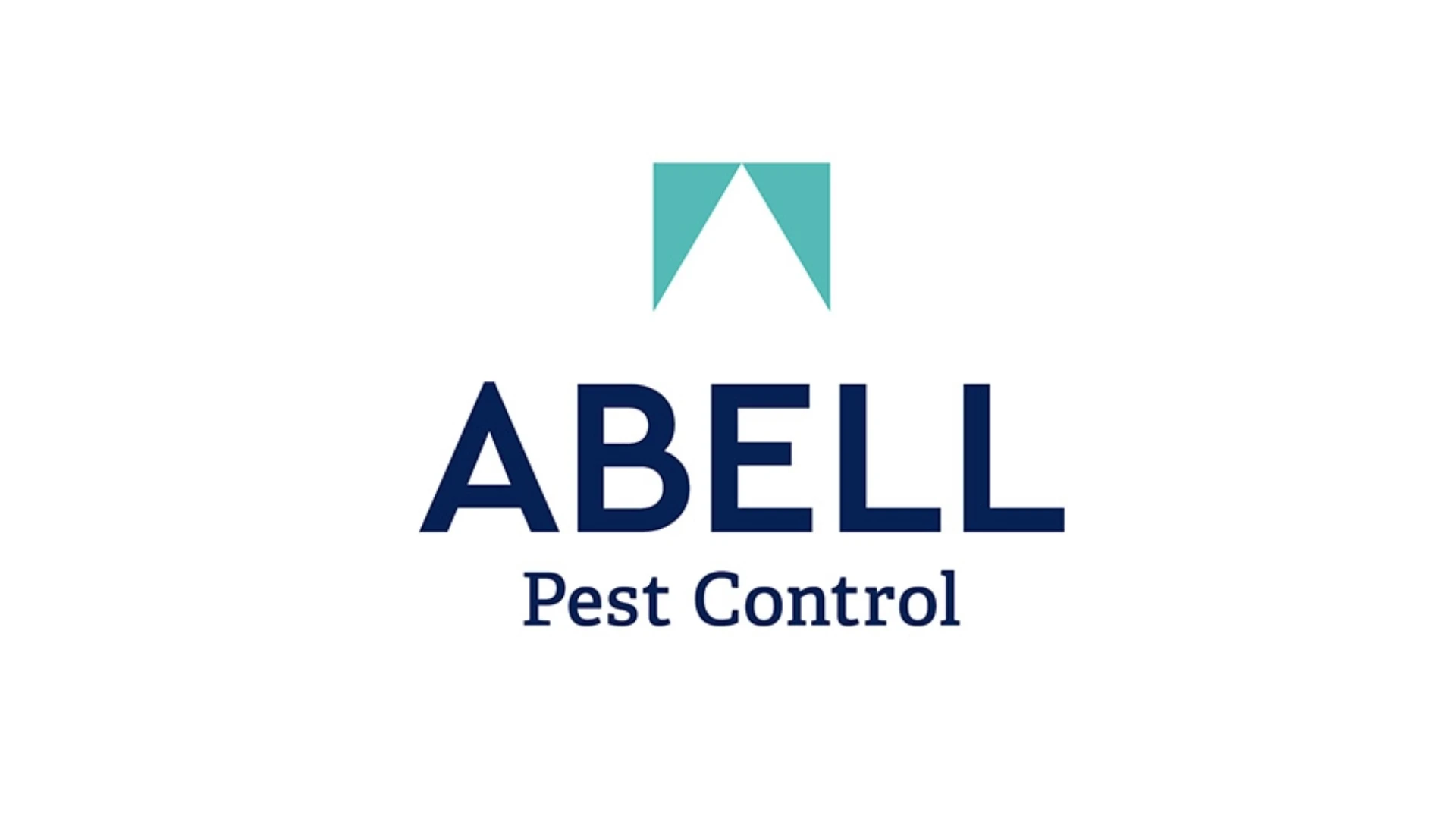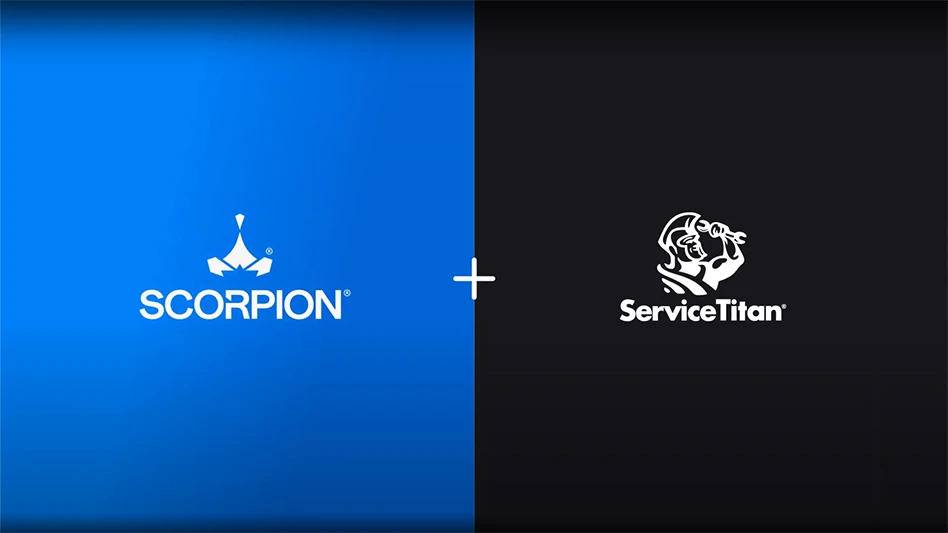Picture it: You are in a training class when the instructor suddenly starts to sing (rather off-key, but recognizable nonetheless) …
“You never close your eyes anymore when I kiss your lips” (then says) “That’s a first alert.”
(resumes singing) “There’s no tenderness like before in your fingertips”
(again spoken) “There’s something really wrong, you’d better get it corrected.”
“…don’t, don’t, don’t let it slip away”
When Ehrlich Pest Control’s Director of Customer Service Paul Kamzelski brings up the movie Top Gun in his training session, you might expect him to talk about being an Ace in your field, taking the time to do things right or being professional in whatever work you do. Instead, he takes on a Tom Cruise persona and breaks into song with the first lines of the Righteous Brothers’ “You’ve Lost That Lovin’ Feelin.’” While the unexpected performance certainly gets the attention of the class, his purpose is to illustrate how detecting a pending problem in a romantic relationship is similar to being alert to signs of potential issues with a customer.
If you allow a relationship to get to the point of having “no tenderness,” you may already be past the point of retaining that relationship. Similarly, if you allow a customer relationship to get to the point of complaints or callbacks, they may already be talking with your competitor.
THE SIGNS. Signs of dissatisfaction can be as simple as a customer’s greeting being a bit colder than usual; a customer service person hearing, “Do you think he’ll be on time this time?”; or an incoming call with the request, “Can you please get this invoice straightened out?” Those, Kamzelski said, are first alerts similar to “you never close your eyes anymore.” Being proactive at this time — or even prior to getting such an alert — is key to retaining customers by wooing and wowing them.
Kamzelski cited a case of a colder-than-usual customer greeting as an example. When a technician barely got a nod from a normally genial customer, he discussed his feelings with his manager, and the two scheduled a visit with the account. As it turned out, the customer was simply having problems at home, and said that service was great, there were no issues. Ehrlich’s proactive communication, however, increased the customer’s perception of the service. “He was so impressed we came out that he was even more impressed with our service,” Kamzelski said.
Ehrlich’s quality control system is, in fact, called “First Alert.” It was developed eight years ago by Kamzelski to enable the company to build customer relationships proactively so that any weakening of the relationship is detected quickly and an incident is seen by the customer as a glitch rather than an ongoing problem. “If you have enough trust built up, they will overlook that and see it’s not the norm.”
Proactive prevention is also the basis of Orkin’s Gold Medal Protection program with formal inspection and compliance audits integrated into the programs. “We want to pick up if there is any trouble brewing before the customer sees it,” said Zia Siddiqi, director of quality systems for the Atlanta-based company. “We want to make sure we are ensuring the delivery of service according to the scope.”
SYSTEMS ARE IMPORTANT. Adam Jones, vice president and director of quality assurance for Massey Services, Orlando, Fla., agreed that it is important for companies to have formal programs. “Any business needs to be measuring by the metrics that determine their success on a daily basis,” Jones said. “When you are a one- or two-person operation, it’s easy to manage, but the bigger you get, the more people that are involved in the program, the more chance you have of it breaking down. If you have more than two technicians, you probably have to have a system.”
In addition, said Karie Keown, general manager of Omaha, Neb.-based Presto-X, “I believe it really has to become part of who you are (as a company). You have to believe it; it has to be an all-the-time thing; you have to be committed to it.” At Presto-X, Keown said, the commitment to quality is the backbone for decision making. “It drives a lot of the decisions that we make. It isn’t just a program off in a corner someplace.”
Such commitment has to be shared by the service provider and the customer, as well as everyone throughout the organization, Siddiqi added. A company can have all types of quality systems in place, such as ISO and Six Sigma, but the systems cannot be simply rhetoric. Rather, he said, “There has to be buy-in from all levels of management and buy-in has to be from the top down.”
At Terminix, quality control is a corporate function, said Vice President of Service Fred Strickland, with quality control managers assigned to branches to work with the divisional service management teams. The goal of the program, he said, is to “Keep the promise made at the time of the sale.” But customer satisfaction is not considered good enough at Terminix. “We know that satisfied customers will leave,” Strickland said. Rather, the company wants to have “delighted” customers. “Were you so delighted with your service experience that you would recommend us?” customers are asked.
THE PROGRAMS. While no two pest management quality control programs are run exactly the same, there are three key elements found throughout, with prevention forming the foundation and measurement and results rounding out the systems.
Prevention: Ehrlich’s First Alert prevention process includes the ongoing collection of information that provides an alert that an account may be in jeopardy, a plan of action to head off further dissatisfaction and tracking to completion. An alert is not closed until the customer has said all is well. That is, Kamzelski said, “the owner signs a new contract or says ‘Everything is fine; nothing is in jeopardy. We love what you are doing.’”
But such preventive efforts need the buy-in of the technicians themselves. Most programs fail because the technician doesn’t want to turn in a complaint because he feels it indicates that he is not doing his job, Kamzelski said. Thus, the first step is changing this attitude. “You are not just doing your job, you’re going above; you’re wowing your customer,” technicians are told, and the statement is backed up with action. In fact, he said, “we even have fun with it.” Every First Alert note that is turned in is put into a drawing for prizes. So the more alerts a technician turns in, the more chances he or she has of winning. Once an alert is turned in, the customer is contacted within 24 hours and a visit is made within five days.
Massey’s preventive measures are based on productivity standards that reflect the required service time and product for each account. Doing so provides a realistic expectation for the technicians, Jones said. When such realistic standards are not set and a technician’s route exceeds that which can be accomplished, he either ends up working excessive hours to complete the route or does not take the time needed at each stop. To track this, Massey technicians turn in their work at the end of each day and the time and materials are compared against the standard. This way, Jones explained, if too much or too little material is used or too much or too little time is spent on a specific property, “that would raise a red flag for us.”
Within 60 days after a first Presto-X service at a new customer site, a new client satisfaction call is made to ensure the service is meeting their expectations, Keown said. Not only does this proactively assess customer satisfaction right from the start, but managers’ evaluations and pay are based on results, providing additional incentive, she explained.
Measurement: “You can’t manage what you don’t know,” Jones said. Thus daily measurement is critical, enabling a company to confirm that accounts are being serviced as sold and that a system is in place to detect discrepancies quickly. The last thing you want to do is wait until a technician turns in paperwork at the end of a month — or week — and discover past issues. “You can’t put that genie back in the bottle, so that’s why we measure every day,” he said.
In addition to daily tracking, Massey requires at least a five percent spot check for each route, with quality assurance checks for every route done weekly. If this spot check finds that a customer is dissatisfied for any reason, Jones said, “Our goal is to not lose (the customer), but to solve it.” In most cases, he said, a cancellation will only occur if there is a problem that is not corrected. “Where we start to identify the potential of cancellations is in extra services” — which is exactly why this is measured, he said. If a customer makes a second call for service within 30 days, or calls back for the same problem within 90 days, the call is elevated, and a manager goes out with the technician to address the issue. If a third call comes in, the branch general manager gets involved. If the issue still can’t be solved, Massey’s technical director is contacted to ensure that the action being taken is appropriate. “If we deal with complaint calls effectively, they normally don’t turn into cancellations,” Jones said.
The foundation of Orkin’s program is on-site visits by quality assurance managers at which service is assessed, Siddiqi said. The primary goals of the inspections are to ensure that the account is being serviced as specified and to ensure visible service quality, e.g., traps are being maintained and stickers updated. Orkin also involves all levels in the system, preferring that the technician, or his service manager, be a part of the inspection, and holding opening and closing meetings with branch management.
During the inspections, it is vital that the quality assurance manager communicate with all levels of customer management as well, Siddiqi said, including those responsible for day-to-day operations and those who sign the checks. “If you have communication at different levels, the chance of cancellation is much less,” he said. “If you don’t have that communication link, then you get ‘the letter’ (of cancellation).”
At Presto-X, work completion rates, callbacks and follow up are tracked, and because technicians set their own schedules, there is a requirement that they have 50 percent of their work completed by mid-month. Customer satisfaction is then assessed through customer site and internal audits performed by corporate quality assurance managers and measured by client satisfaction ratings based on customer retention. “It’s a very quantifiable measurement of the number of clients that cancel during a month,” Keown said. Customer visits are determined by customer size with very small companies generally assessed through “How are we doing?” survey calls. And, she added, “it does have teeth because it does affect manager (pay) increases,” and annual awards are given to managers with the highest scores.
Terminix follows a three-pronged inspection program as a key measuring device, including an actual audit of materials and paperwork, a physical audit of the structure and customer interviews. The inspections are conducted randomly by dedicated quality assurance personnel, Strickland said, with about nine inspections in each branch each quarter, though this is also contingent on branch workload.
Customer interviews include surveys conducted within a week of service. And the surveys are not simply checking for satisfaction; instead they ask, Strickland said, “Was the service delightful?” Responses are scored, and if a technician’s net score is falling in the wrong direction, he or she will receive further training and support. Because both quality assurance and training fall under Strickland’s realm, “we work hand in glove with training,” he said.
Results: After Terminix conducts an on-site customer inspection, the results are reviewed with the branch and service management team, with color coding to indicate outcome: green = all is good; yellow = there are some discrepancies; and red = immediate action needs to be taken. But even while still at the account, the Terminix inspector will let the customer know if something is detected. He will explain the situation to the customer and note that the management and service team will be coming out to take care if it, setting the appointment at that time, if possible.
In addition to detecting problems early — even before the customer does — such inspections enable Terminix to make sure it is meeting its quality goals and to detect trends, Strickland said. “It helps us find trends or training issues to help support the branch do quality work.” And by having quality assurance personnel conduct the inspections rather than a branch person, the results are unbiased. “We say what we see and move forward. There’s no influence from the branch.”
Massey publishes a monthly report of corporate-wide extra services by target pest, Jones said. Doing so provides insight to unusual problems or types of pests and indicates potential training needs.
As do many of the companies with quality control programs, Orkin uses the results to determine training needs. “Based on the findings of the inspection audits, we bring the information back and identify training programs,” Siddiqi said. These may be specific to a person, branch or region, or may be identified as company-wide training needs. But regardless of any specific issues found, one of the key areas on which Orkin trains its people is to “ask for help,” Siddiqi said. If a technician is having a problem on an ongoing basis, not only should the inspections raise a red flag, but the technician should be proactive in seeking assistance.
CUSTOMER RETENTION. While companies implementing quality control programs tend to find that they do improve quality of service and enable them to track trends and target training, the primary goal of the program — and service improvement — is still customer retention. Although it’s difficult to compare numbers because rates are tracked according to methods at different companies, there seems to be no doubt that such programs improve a company’s retention rate.
“Since we started our program, customer cancellations have significantly improved,” Siddiqi said of Orkin. At Terminix, Strickland said, “Customer satisfaction has shown improvement over the last five years,” with retention increasing by about 8 percent since implementation. And since the initiation of First Alert, Kamzelski said, Ehrlich’s average customer contract length has increased from 3½ years to six years.
Keown said she has been asked what it costs to run a formal quality assurance program. With the program not only increasing customer satisfaction and retention, but also proving to be a great selling tool, she said, “What would it cost us not to?”
You’ve lost that lovin’ feelin’. Now it’s gone...gone...gone....
It’s all there in the Righteous Brothers’ song, Kamzelski said, “If you’re in tune to people’s feelings and the needs of their business, then you’re going to do what is needed to satisfy them. It’s just people treating people right.”
The author is a contributing writer to PCT magazine.
Quality Improvement and the 80/20 Rule
The 80-20 rule is an oft-repeated mantra of business, that is, in most companies, 20 percent of your customers make up 80 percent of your business, providing significant motivation for developing and maintaining a quality control program to maintain these customers. But did you know that this principle originated in the late 1800s by Italian sociologist, economist and philosopher Vincent Pareto?
In fact, the Pareto Index originated as a measure of the inequality of income distribution, stating that 80 percent of a population’s wealth is held by 20 percent of its people. But in the 1930s, Pareto’s work was discovered by American industrial engineer Joseph Juran, who applied it to quality, developing the principle of the vital few and useful many that 80 percent of an effect comes from 20 percent of the causes. Thus today’s standard of business that 80 percent of your sales come from 20 percent of your clients.
Often considered to be the father of modern quality management, Juran wrote the first standard reference on the topic, the Quality Control Handbook (originally published in 1951 and now in its sixth edition), and published The Juran Trilogy in 1986, which defined three management processes as requirements for organizational improvement: quality control, quality improvement and quality planning, which is widely accepted as the basis of quality management.
Through his founding of the Juran Institute (www.juran.com), which provides training and techniques for business improvement, Juran continued to develop and teach quality management principles until his death this year at the age of 103.
As stated in the Institute’s release at the time of Juran’s death, “business leaders, legions of managers and his fellow theorists worldwide recognize Dr. Juran as one of ‘the vital few’ — a seminal figure in the development of management theory.”
Yet Juran felt he had barely scratched the surface of his subject. “My job of contributing to the welfare of my fellow man,” wrote Juran “is the great unfinished business.”
Industry Focusing on Customer Retention
More than 50 percent of pest management companies invest in customer retention programs, according to a PCT reader survey, but these efforts take many forms including phone calls following service, discounts on service for customer referrals and e-mail surveys to assess technician performance. A sampling of the survey results appear below. The survey results are based on 159 responses to an online survey delivered to PCT readers and conducted by InsightExpress. For additional survey results visit the Online Extras section of www.pctonline.com.

Explore the July 2008 Issue
Check out more from this issue and find your next story to read.
Latest from Pest Control Technology
- Rose Pest Solutions Becomes Official Pest Provider of Chicago Fire FC
- WSPMA Hosts Legislative Day at Washington State Capitol
- A-1 Pest Control Marks 59 years in Business
- Hawaii PCO Shares Regulatory Challenges, Business Impacts from Lahaina Wildfires
- 5 Tips for Reducing Waste in the Office and in the Field
- OvoControl Now Available in Chile
- Envu Announces Savings Programs for Pest Management Professionals
- Follow the Trail





